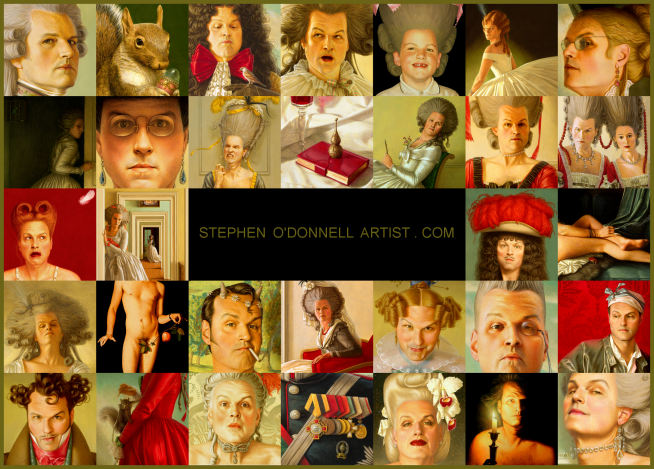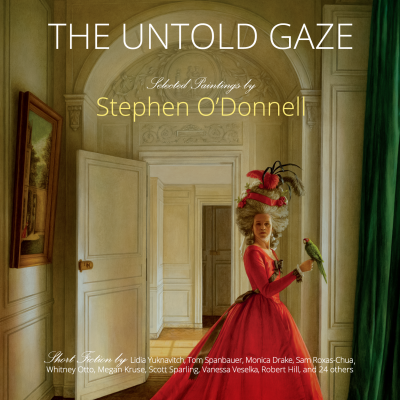 |
| The original title of the double portrait was "Whole Length–Portraits of Two of His Sons on a Staircase." |
Charles Willson Peale (15 April 1741, Chester, Province of Maryland - 22 February 1827, Philadelphia) painted this illusionistic portrait of two of his sons as a dramatic display of his own artistic skills. But it was also meant to recognize the important roles the two young men played in the family's private museum, the setting the painting was originally created for.
Raphaelle Peale (17 February 17 1774, Annapolis - 4 March 1825, Philadelphia), an important still-life painter.
Titian Ramsay Peale I (1780, Philadelphia - 18 September 1798, New York?), an ornithologist, entomologist, and artist.
*
 |
While the scrap of paper is fairly indecipherable to a modern viewer, a visitor in 1795 would easily recognize it as an entrance ticket to Peale’s Museum.
|
*
 |
| The painting was acquired by the Philadelphia Museum of Art in 1945. |
*
 |
| "The Artist in His Museum", Peale's self-portrait at the age of eighty-one, 1822. In the collection of the Pennsylvania Academy of the Fine Arts. |
First opened in 1784, the holdings of Peale’s Philadelphia Museum grew quickly and, to accommodate its expansion, they moved to the American Philosophical Society - America’s first scientific society - in 1794. The museum's collection was focused on natural history specimens - the skeleton of a mastodon was a particularly popular attraction - and portraits of "worthy personages", but also included a live menagerie, as well as hosting scientific lectures, technical demonstrations, and musical entertainments in the museum’s lecture hall. Never receiving government funding, the museum still continued to garner prestige, eventually securing the loan of the former Pennsylvania State House - now known as Independence Hall - in 1802.
Always subject to financial crises and changing public tastes, the museum and its two small branches - in Baltimore and New York - struggled into the nineteenth century, But the family was forced to sell the collection in 1849. Sans the portraits, the museum's vast holdings were sold to and divided up by showmen P. T. Barnum and Moses Kimball, nearly all of it eventually dispersed or lost in a series of fires.
In 1854, the paintings were then also sold off, the largest single buyer being the City of Philadelphia, which purchased a group of Philadelphia Museum portraits for display in Independence Hall. The paintings continue to hang there, together, as in Peale’s time.







































.png)
.png)























